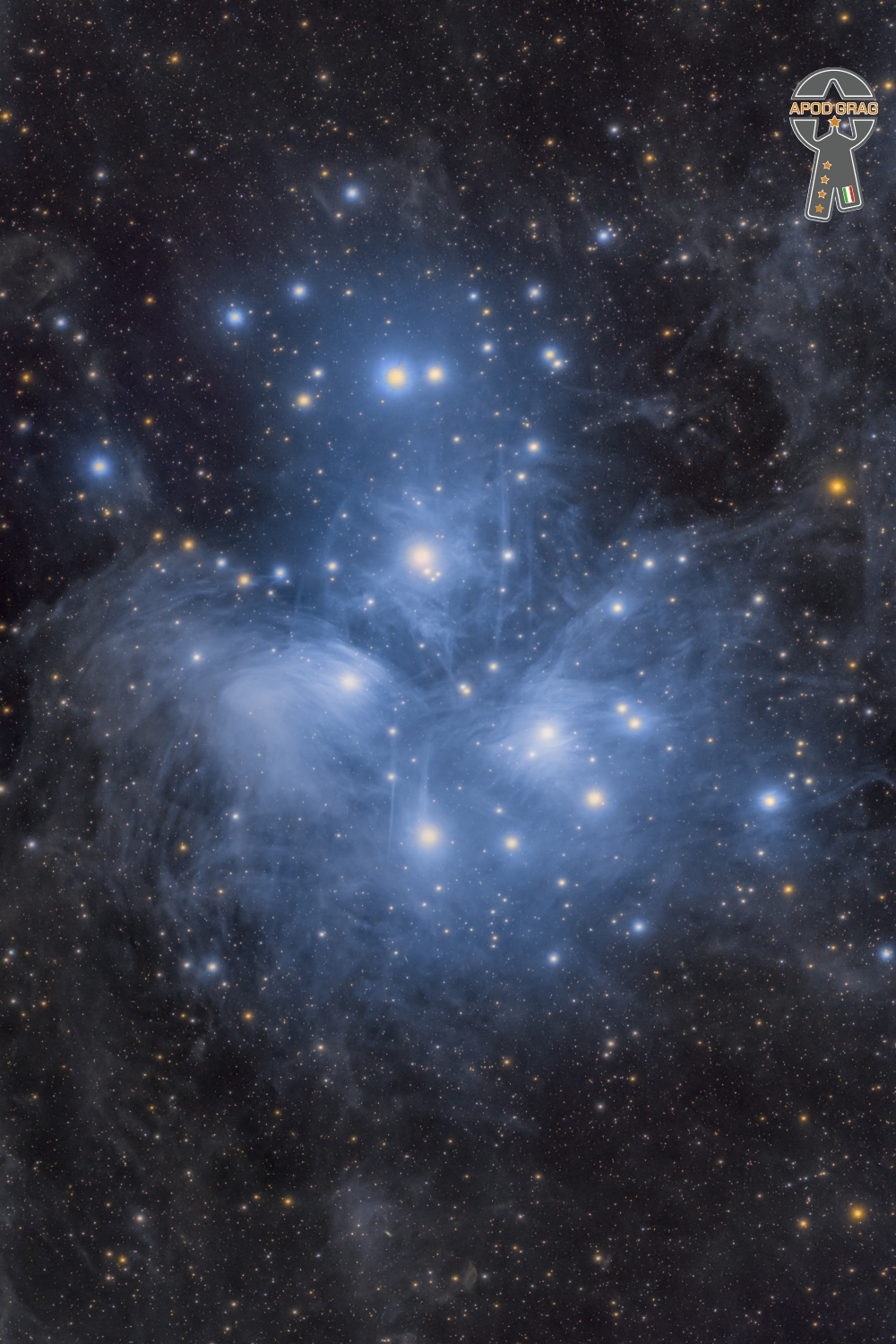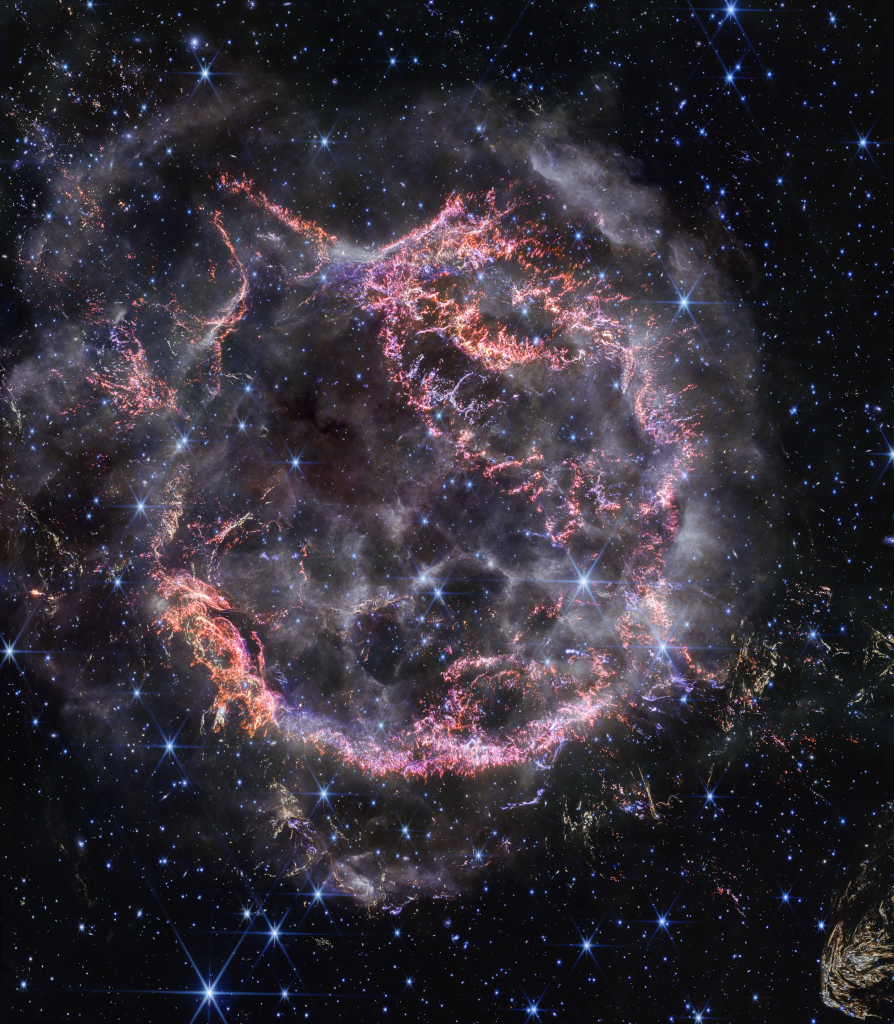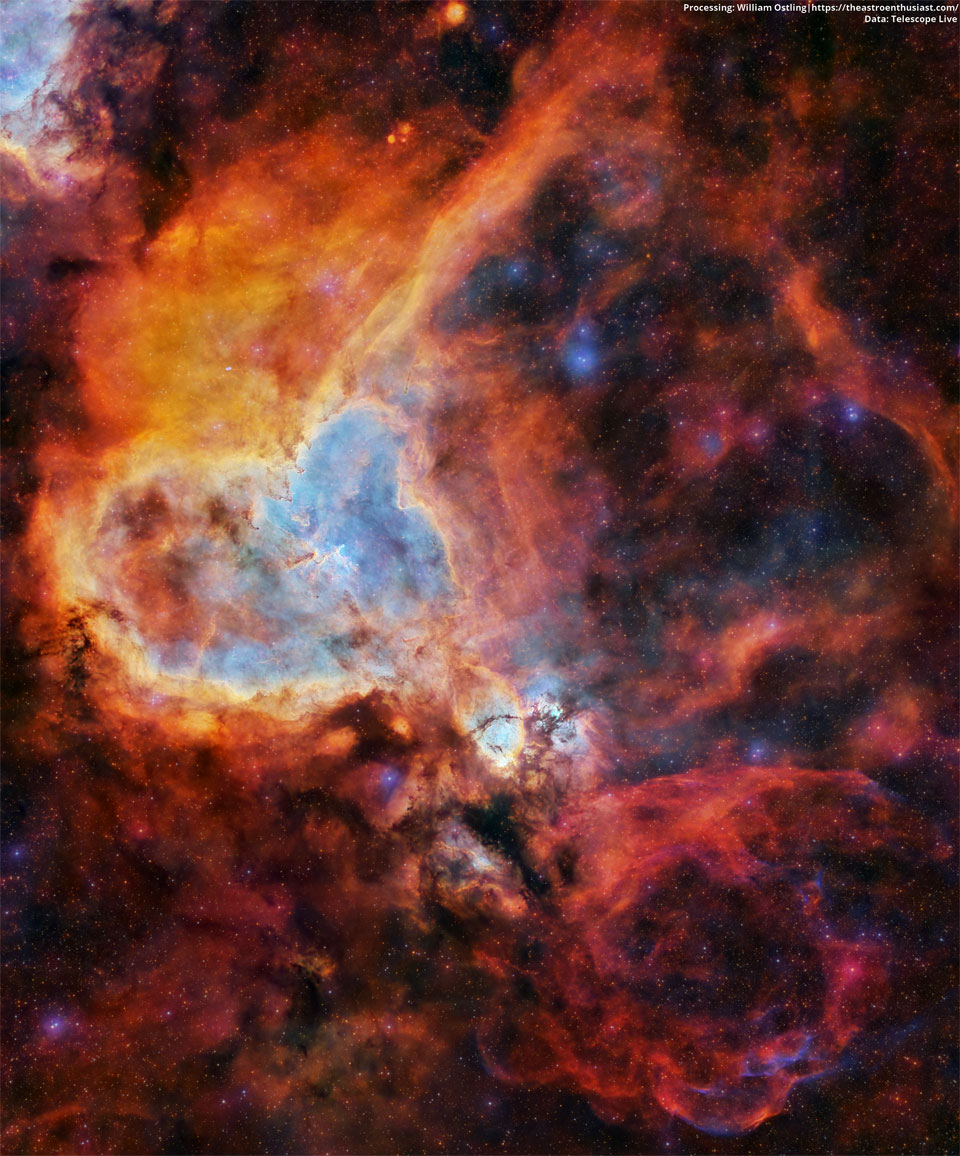Ludwig van Beethoven (baptised 17 December 1770 – 26 March 1827) was a German composer and pianist. Beethoven remains one of the most admired composers in the history of Western music; his works rank among the most performed of the classical music repertoire and span the transition from the Classical period to the Romantic era in classical music. His career has conventionally been divided into early, middle, and late periods. His early period, during which he forged his craft, is typically considered to have lasted until 1802. From 1802 to around 1812, his middle period showed an individual development from the styles of Joseph Haydn and Wolfgang Amadeus Mozart, and is sometimes characterized as heroic. During this time, he began to grow increasingly deaf. In his late period, from 1812 to 1827, he extended his innovations in musical form and expression.
Beethoven was born in Bonn. His musical talent was obvious at an early age. He was initially harshly and intensively taught by his father, Johann van Beethoven. Beethoven was later taught by the composer and conductor Christian Gottlob Neefe, under whose tutelage he published his first work, a set of keyboard variations, in 1783. He found relief from a dysfunctional home life with the family of Helene von Breuning, whose children he loved, befriended, and taught piano. At age 21, he moved to Vienna, which subsequently became his base, and studied composition with Haydn. Beethoven then gained a reputation as a virtuoso pianist, and was soon patronised by Karl Alois, Prince Lichnowsky for compositions, which resulted in his three Opus 1 piano trios (the earliest works to which he accorded an opus number) in 1795.
His first major orchestral work, the First Symphony, premiered in 1800, and his first set of string quartetswas published in 1801. Despite his hearing deteriorating during this period, he continued to conduct, premiering his Third and Fifth Symphonies in 1804 and 1808, respectively. His Violin Concerto appeared in 1806. His last piano concerto (No. 5, Op. 73, known as the Emperor), dedicated to his frequent patron Archduke Rudolf of Austria, premiered in 1811, without Beethoven as soloist. He was almost completely deaf by 1814, and he then gave up performing and appearing in public. He described his problems with health and his unfulfilled personal life in two letters, his Heiligenstadt Testament (1802) to his brothers and his unsent love letter to an unknown “Immortal Beloved” (1812).
After 1810, increasingly less socially involved, Beethoven composed many of his most admired works, including later symphonies, mature chamber music and the late piano sonatas. His only opera, Fidelio, first performed in 1805, was revised to its final version in 1814. He composed Missa solemnisbetween 1819 and 1823 and his final Symphony, No. 9, one of the first examples of a choral symphony, between 1822 and 1824. Written in his last years, his late string quartets, including the Grosse Fuge, of 1825–1826 are among his final achievements. After several months of illness, which left him bedridden, he died in 1827.
https://www.youtube.com/watch?v=EVKdd-gI_aQ
see full post...The Pleiades also known as the Seven Sisters, Messier 45, and other names by different cultures, is an asterism and an open star cluster containing middle-aged, hot B-type stars in the north-west of the constellation Taurus. At a distance of about 444 light years, it is among the nearest star clusters to Earth. It is the nearest Messier object to Earth, and is the most obvious cluster to the naked eye in the night sky. It is also observed to house the reflection nebula NGC 1432, an HII region.

Carmine Appice (/ˈkɑːrmaɪn æˈpiːs/ Italian: [ˈkarmine ˈappitʃe]; born December 15, 1946) is an American rock drummer. He is best known for his associations with Vanilla Fudge; Cactus; the power trio Beck, Bogert & Appice; Rod Stewart; King Kobra; and Blue Murder. He is also Vinny Appice‘s older brother. Appice was inducted into the Classic Drummer Hall of Fame in 2013 and the Modern Drummer Hall of Fame in 2014.
He is credited with influencing later rock drummers including Iron Maiden‘s Nicko McBrain, Aerosmith‘s Joey Kramer, Roger Taylor of Queen, Phil Collins of Genesis, Rush‘s Neil Peart, Mötley Crüe‘s Tommy Lee, Slayer‘s Dave Lombardo, Richard Christy, David Kinkade, Ray Mehlbaum, Led Zeppelin‘s John Bonham, Ian Paice of Deep Purple, Anvil‘s Robb Reiner and Eric Singer of Kiss.[citation needed]
His best-selling drum instruction book The Realistic Rock Drum Method. was first published in 1972 and has since been revised and republished as The Ultimate Realistic Rock Drum Method. It covers the basic subjects of rock rhythms and polyrhythms, linear rudiments and groupings, shuffle rhythms, hi-hat and double bass drum exercises.
see full post...Curtis DuBois Fuller (December 15, 1932 – May 8, 2021) was an American jazz trombonist. He was a member of Art Blakey‘s Jazz Messengers and contributed to many classic jazz recordings.
Fuller was born in Detroit on December 15, 1932. His father had emigrated from Jamaica and worked in a Ford automobile factory, but he died from tuberculosis before his son was born. His mother, who had moved north from Atlanta, died when he was 9. He spent several years in an orphanage run by Jesuits. He developed a passion for jazz after one of the nuns there brought him to see Illinois Jacquet and his band perform, with J. J. Johnson on trombone.
see full post...Barry Doyle Harris (December 15, 1929 – December 8, 2021) was an American jazz pianist, bandleader, composer, arranger, and educator. He was an exponent of the bebop style. Harris was born on December 15, 1929, in Detroit, Michigan, to Melvin Harris and Bessie as the fourth of their five children. Harris took piano lessons from his mother at the age of four. His mother, a church pianist, asked him if he was interested in playing church music or jazz. Having picked the latter, he was influenced by Thelonious Monk and Bud Powell. In his teens, he learned bebop largely by ear, imitating solos by Powell. He described Powell’s style as being the “epitome” of jazz. He performed for dances in clubs and ballrooms. He was based in Detroit through the 1950s and worked with Miles Davis, Sonny Stitt, and Thad Jones, and substituted for Junior Mance in the Gene Ammons band. In 1956, he toured briefly with Max Roach, after Richie Powell, the band’s pianist and younger brother of Bud Powell, died in a car crash.
see full post...Buleria dance accompaniemnt includes several distinct moments of interaction between a guitarist and dancers:
- Entrada: when the dancer comes on stage
- Llamada: from the verb “llamar,” to call. The dancer calls to the other people on stage that something is about to happen, for example a new verse or section of footwork
- Desplante: a “display,” a short section of footwork
- Letras: dance that traditionally accompanies passages of singing. Chord progressions suggesting the letra may be included even when a singer is not present.
- Escobilla: long passages of footwork (though not too long – in buleria in particular this is frowned upon)
- Cierre: a closing dance pattern, often one moving across the stage
Massive stars in our Milky Way Galaxy live spectacular lives. Collapsing from vast cosmic clouds, their nuclear furnaces ignite and create heavy elements in their cores. After only a few million years for the most massive stars, the enriched material is blasted back into interstellar space where star formation can begin anew. The expanding debris cloud known as Cassiopeia A is an example of this final phase of the stellar life cycle. Light from the supernova explosion that created this remnant would have been first seen in planet Earth’s sky about 350 years ago, although it took that light 11,000 years to reach us. This sharp NIRCam image from the James Webb Space Telescope shows the still hot filaments and knots in the supernova remnant. The whitish, smoke-like outer shell of the expanding blast wave is about 20 light-years across, while the bright speck near center is a neutron star, the incredibly dense, collapsed remains of the massive stellar core. Light echoes from the massive star’s cataclysmic explosion are also identified in Webb’s detailed image of supernova remnant Cassiopeia A.

see full post...
Leo Wright (December 14, 1933 in Wichita Falls, Texas – January 4, 1991 in Vienna) was an American jazz musician who played alto saxophone, flute and clarinet. He played with Booker Ervin, Charles Mingus, John Hardee, Kenny Burrell, Johnny Coles, Blue Mitchell and Dizzy Gillespie in the late 1950s, early 1960s and in the late 1970s. Relocating to Europe in 1963, Wright settled in Berlin and later Vienna. During this time he performed and recorded primarily in Europe, using European musicians or fellow American expatriates, such as Kenny Clarke and Art Farmer. He died of a heart attack in 1991 at the age of 57.
see full post...Phineas Newborn Jr. (December 14, 1931 – May 26, 1989) was an American jazz pianist, whose principal influences were Art Tatum, Oscar Peterson, and Bud Powell.
Newborn was born in Whiteville, Tennessee, and came from a musical family: his father, Phineas Newborn Sr., was a drummer in blues bands, and his younger brother, Calvin, a jazz guitarist. He studied piano as well as trumpet, and tenor and baritone saxophone.
Before moving on to work with Lionel Hampton, Charles Mingus, and others, Newborn first played in an R&B band led by his father on drums, with his brother Calvin on guitar, Tuff Green on bass, Ben Branchand future Hi Records star Willie Mitchell. The group was the house band at the now famous Plantation Inn Club in West Memphis, Arkansas, from 1947 to 1951, and recorded as B. B. King‘s band on his first recordings in 1949, as well as the Sun Records sessions in 1950. They left West Memphis in 1951 to tour with Jackie Brenston as the “Delta Cats” in support of the record “Rocket 88“, recorded by Sam Phillips and considered by many to be the first ever rock & roll record (it was the first Billboard No. 1 record for Chess Records).
see full post...Cecil Payne (December 14, 1922 – November 27, 2007) was an American jazz baritone saxophonist born in Brooklyn, New York. Payne also played the alto saxophone and flute. He played with other prominent jazz musicians, in particular Dizzy Gillespie and Randy Weston, in addition to his solo work as bandleader.
Payne received his first saxophone aged 13, asking his father for the instrument after hearing “Honeysuckle Rose” performed by Count Basie with Lester Young soloing. Payne took lessons from a local alto sax player, Pete Brown, and studied at Boys High School, Bedford-Stuyvesant.
see full post...Clark Virgil Terry Jr. (December 14, 1920 – February 21, 2015) was an American swing and beboptrumpeter, a pioneer of the flugelhorn in jazz, and a composer and educator.
He played with Charlie Barnet (1947), Count Basie (1948–51), Duke Ellington (1951–59), Quincy Jones(1960), and Oscar Peterson (1964–96). He was with The Tonight Show Band on The Tonight Show from 1962 to 1972. His career in jazz spanned more than 70 years, during which he became one of the most recorded jazz musicians, appearing on over 900 recordings. Terry also mentored Quincy Jones, Miles Davis, Herbie Hancock, Wynton Marsalis, Pat Metheny, Dianne Reeves, and Terri Lyne Carrington.
Terry was born to Clark Virgil Terry Sr. and Mary Terry in St. Louis, Missouri, on December 14, 1920. He attended Vashon High School and began his professional career in the early 1940s, playing in local clubs. He served as a bandsman in the United States Navy during World War II. His first instrument was valve trombone.
see full post...Mamadou Sanou, better known as Baba Commandant, on November 26, 2023, of malaria fever in his hometown of Bobo-Diulasso. Baba Commandant was an influential and highly respected Manding musician in Burkina Faso.
Baba Commandant, or Mamadou Sanou by birth, carved a niche for himself as a highly esteemed musician within the vibrant Burkinabé music scene. Renowned for his distinctive style and eccentric persona, he effortlessly stood out among his musical peers. The sudden and unexpected nature of his departure has sent shockwaves through the hearts of his friends and family, leaving them in a state of mourning. During this challenging time, we offer our most heartfelt sympathies to those who were close to him. Originating from Bobo-Dioulasso in Burkina Faso, Mamadou Sanou embarked on his musical odyssey in 1981. Demonstrating his versatility as a performer, director, dancer, and songwriter, he crafted a distinctive brand of Manding music, blending Afrobeat with echoes of Fela Kuti’s influence. Beyond his artistic pursuits, Baba Commandant assumed the role of a musical educator, imparting his knowledge by teaching children to play the Donso ngoni, a traditional West African string instrument. Guiding the Mandingo Band as the main vocalist and donso ngoni player, Baba Commandant infused the group with his contagious energy and compelling stage charisma. Comprising drummer Abbass Kaboré, bassist Wendeyida Ouedraogo, and lead guitarist Issouf Diabaté, the band collaboratively produced three albums, including their latest recording in 2022. A fervent champion of traditional Mandingo music, Baba Commandant skillfully merged age-old traditions with contemporary influences. Through his distinctive approach, he pushed the boundaries that typically delineate traditional and modern music. His legacy as a trailblazer in the music industry stands as a lasting source of inspiration for both seasoned professionals and emerging musicians alike.
see full post...The large emission nebula on the left, catalogued as IC 1805, looks somewhat like a human heart. The nebula glows brightly in red light emitted by its most prominent element,hydrogen, but this long-exposure image was also blended with light emitted by silicon (yellow) and oxygen (blue). In the center of the Heart Nebula are young stars from the open star cluster Melotte 15 that are eroding away several picturesque dust pillars with their atom-exciting energetic light and winds. The Heart Nebula is located about 7,500 light years away toward the constellation of Cassiopeia. At the bottom right of the Heart Nebula is the companion Fishhead Nebula. This wide and deep image clearly shows, though, that glowing gas surrounds the Heart Nebula in all directions.

Joseph Lucian Messina (December 13, 1928 – April 4, 2022) was an American guitarist. Dubbed the “whitebrother with soul“, he was one of the most prolific guitarists in Motown Records‘ in-house studio band, the Funk Brothers. Messina was born in Detroit on December 13, 1928. He started playing the guitar when he was thirteen, after his father purchased one for him. Messina initially attended Central High School in his hometown, before studying music at Cass Technical High School. He eventually dropped out to focus on becoming a professional musician
see full post...Benjamin M. Tucker (December 13, 1930 – June 4, 2013) was an American jazz bassist who appeared on hundreds of recordings. Tucker played on albums by Art Pepper, Billy Taylor, Quincy Jones, Grant Green, Dexter Gordon, Hank Crawford, Junior Mance, and Herbie Mann.
He was born in Tennessee. As bass player in the Dave Bailey Quintet in 1961, he wrote the instrumental version of the song “Comin’ Home Baby!“, first issued on the album Two Feet in the Gutter. Bob Doroughlater wrote a lyric to the song, and the vocal version became a Top 40 hit for jazz singer Mel Tormé in 1962.
Tucker released the album Baby, You Should Know It (Ava, 1963) with Victor Feldman, Larry Bunker, Bobby Thomas, Ray Crawford, Tommy Tedesco, and Carlos “Patato” Valdes.
see full post...William Alexander “Sonny” Greer (December 13, c. 1895 – March 23, 1982) was an American jazz drummer and vocalist, best known for his work with Duke Ellington.
Greer was born in Long Branch, New Jersey, United States, and studied drums with vaudeville drummer J. Rosemond Johnson. He played with Elmer Snowden‘s band and the Howard Theatre‘s orchestra in Washington, D.C., before joining Duke Ellington, whom he met in 1919. He was Ellington’s first drummer, playing with his quintet, the Washingtonians, and moved with Ellington into the Cotton Club. As a result of his job as a designer with the Leedy Drum Company of Indiana, Greer was able to build up a huge drum kit worth over a then-considerable $3,000, including chimes, a gong, timpani, and vibes.
see full post...